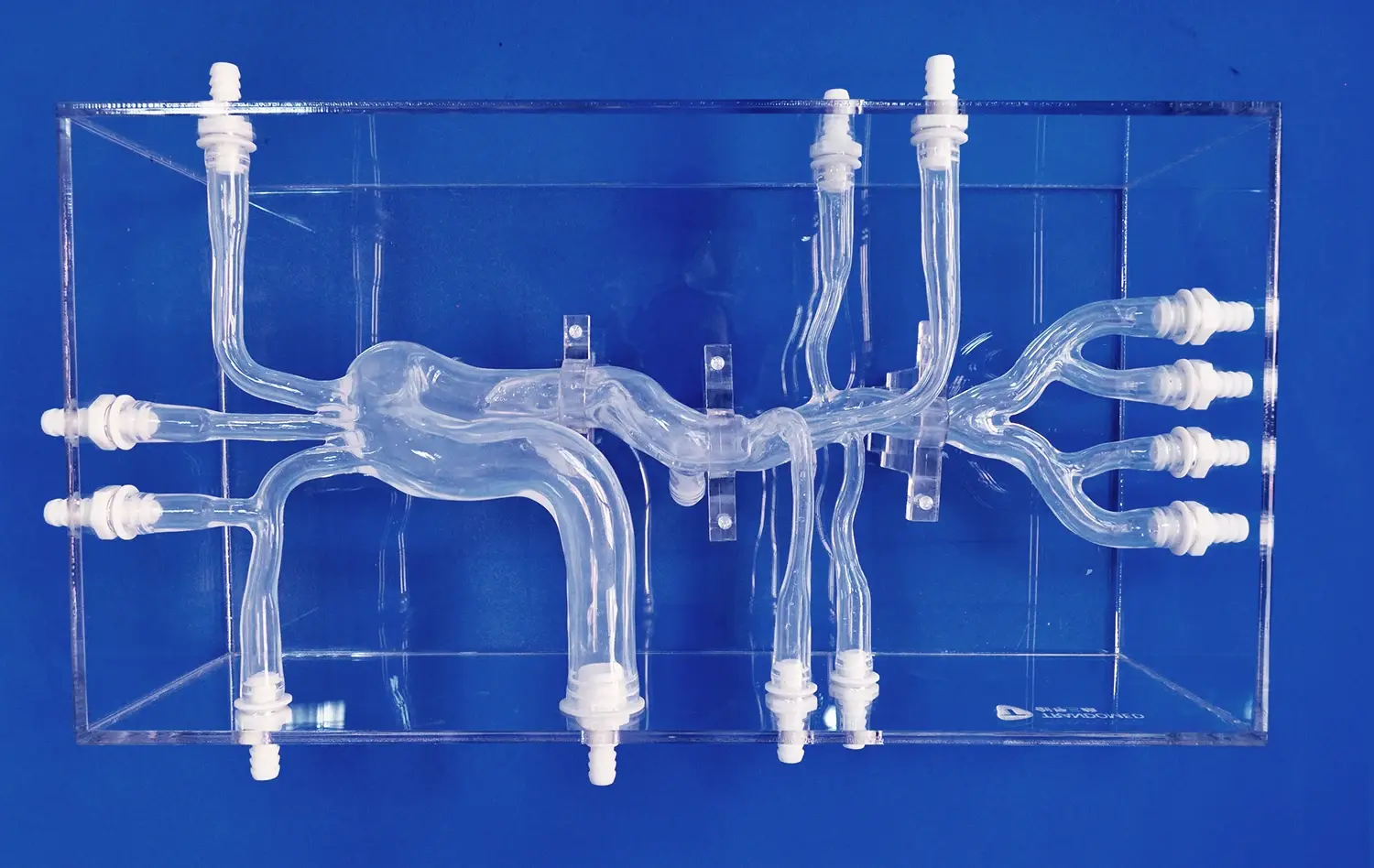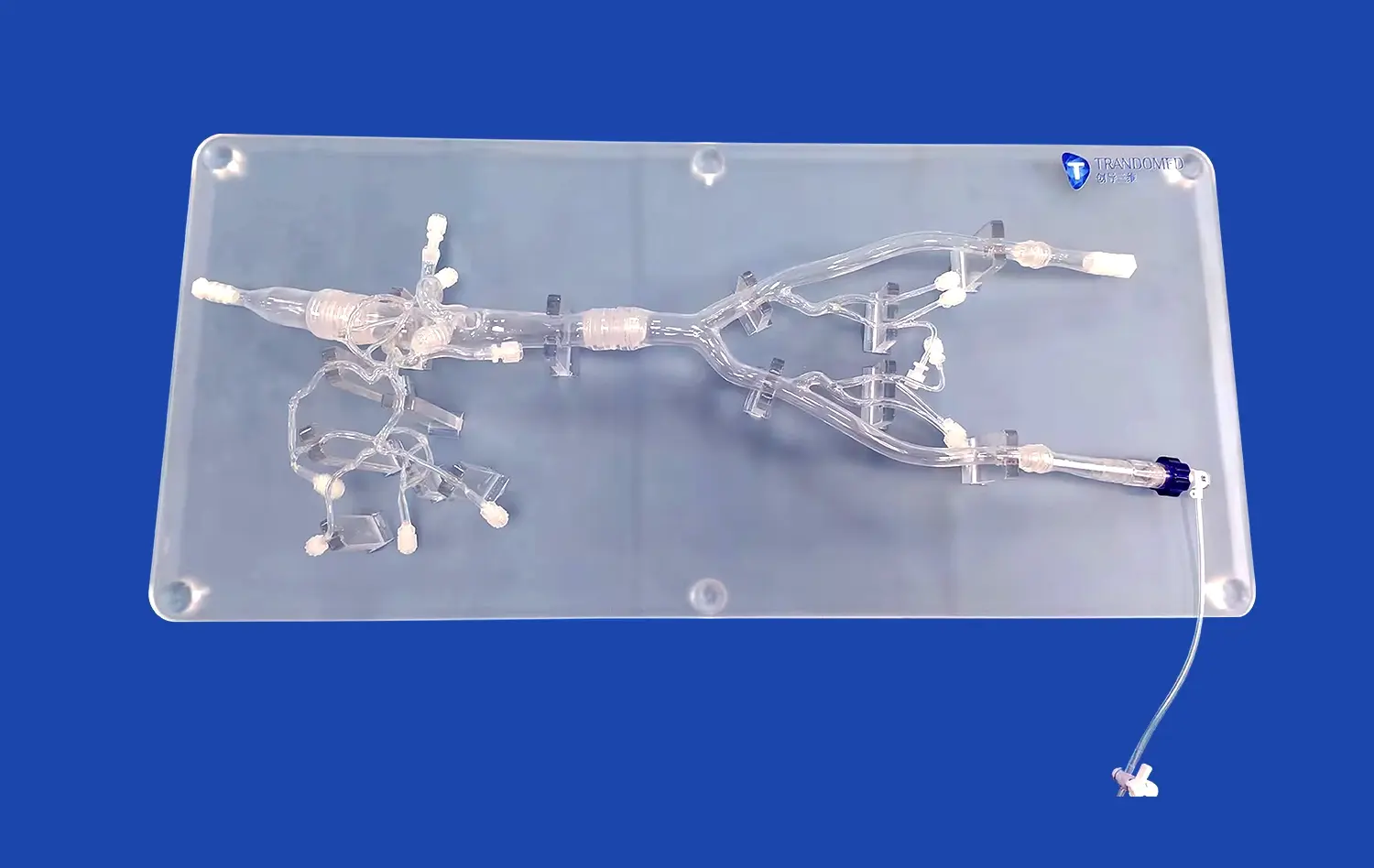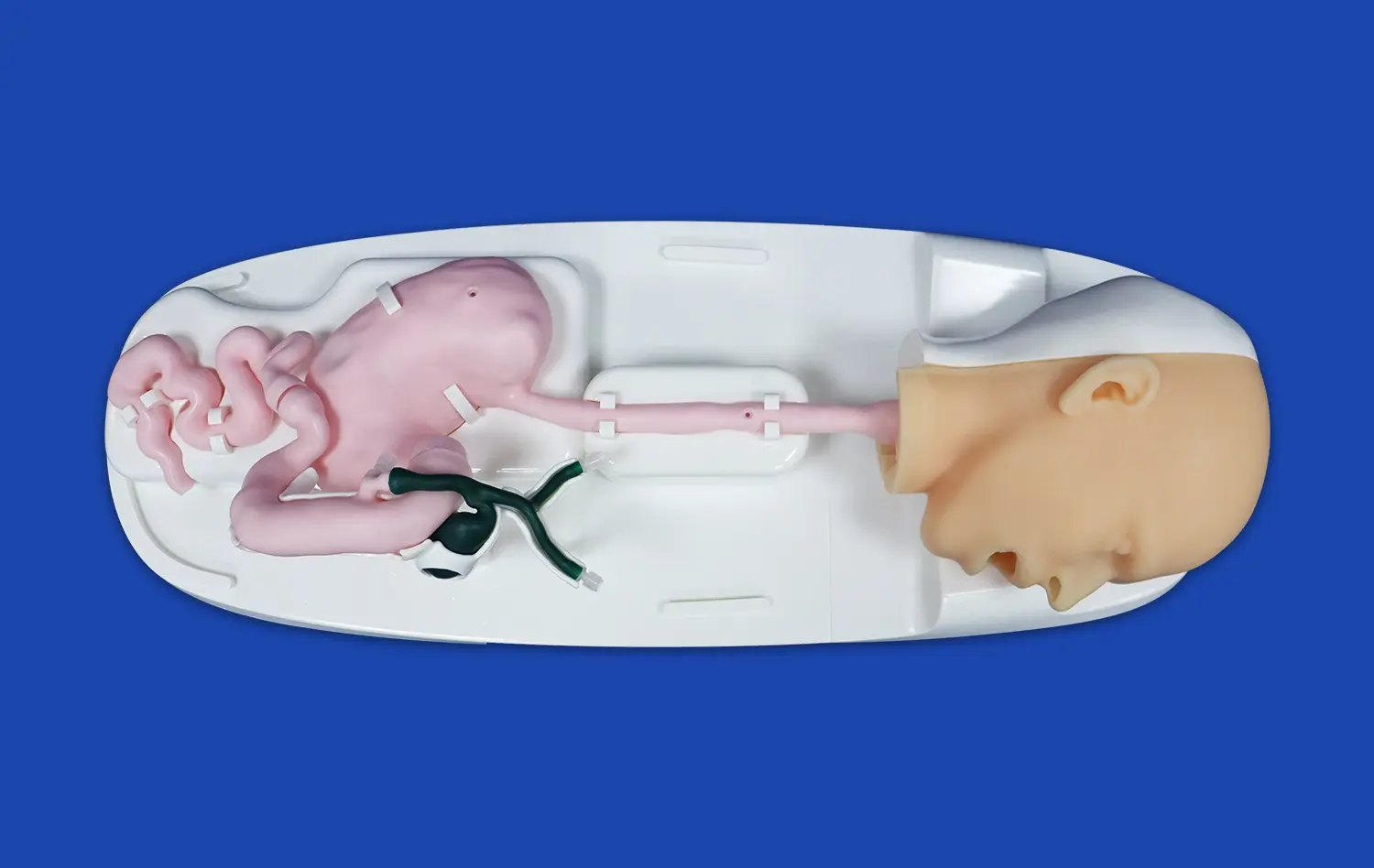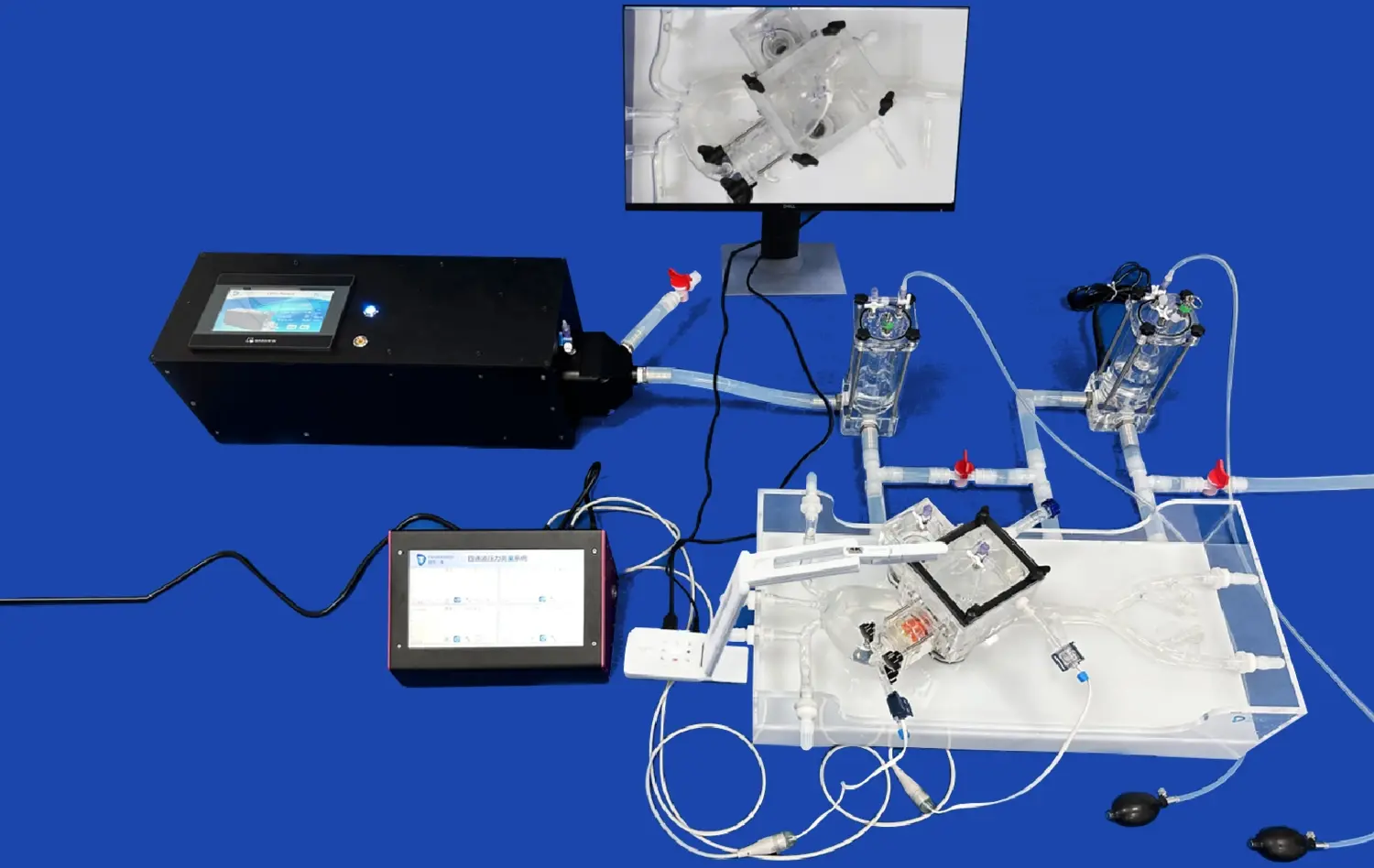Understanding Intestinal Surgery: The Importance of Small Intestine Models
2025-07-15 09:00:00
Intestinal surgery is a complex and delicate procedure that requires extensive knowledge, precision, and practice. As medical technology advances, the importance of realistic training tools becomes increasingly apparent. Small intestine models have emerged as invaluable resources in the field of gastrointestinal surgery, offering a bridge between theoretical knowledge and practical application. These anatomically accurate replicas provide surgeons and medical students with hands-on experience in a risk-free environment, allowing them to hone their skills and improve patient outcomes. By simulating the intricate structures and functions of the small intestine, these models enable healthcare professionals to explore various surgical techniques, practice complex procedures, and gain confidence before operating on actual patients. The integration of small intestine models in medical education and surgical training programs has revolutionized the way we approach intestinal surgery, fostering innovation, reducing complications, and ultimately enhancing patient care.
Anatomical Accuracy: How Small Intestine Models Replicate Human Physiology
Precise Replication of Small Intestine Structure
Small intestine models are meticulously designed to mirror the intricate details of human anatomy. These models accurately represent the various layers of the intestinal wall, including the mucosa, submucosa, muscularis propria, and serosa. The attention to detail extends to the replication of villi and microvilli, which are crucial for nutrient absorption. By incorporating these microscopic structures, small intestine models provide a comprehensive view of the organ's physiology, allowing medical professionals to visualize and understand the complexities of intestinal function.
Moreover, small intestine models often include realistic representations of blood vessels, lymphatic vessels, and nerves that supply the small intestine. This level of detail is essential for surgeons to practice identifying and navigating around critical structures during procedures. The accurate replication of mesenteric attachments and surrounding organs further enhances the model's utility in surgical planning and training.
Simulating Intestinal Motility and Function
Advanced small intestine models go beyond static representation by incorporating dynamic elements that simulate the organ's natural movements and functions. Some models feature mechanisms that mimic peristalsis, the wave-like muscular contractions that propel food through the digestive tract. This feature allows medical professionals to observe and understand how intestinal motility affects surgical procedures and post-operative recovery.
Additionally, certain models are designed with materials that replicate the texture and elasticity of living tissue. This tactile authenticity is crucial for surgeons to develop the proper feel for handling intestinal tissue during operations. By providing a realistic haptic experience, these models help surgeons refine their techniques and improve their ability to manipulate delicate intestinal structures without causing damage.
Simulating Surgical Procedures: Enhancing Skills with Small Intestine Models
Practicing Minimally Invasive Techniques
Small intestine models play a pivotal role in training surgeons for laparoscopic and robotic procedures. These minimally invasive techniques require a unique set of skills that can be challenging to master without extensive practice. Models designed for laparoscopic training often incorporate ports and camera systems that mimic the restricted field of view and limited maneuverability encountered during actual surgeries. Surgeons can practice techniques such as suturing, stapling, and tissue manipulation in a controlled environment, gradually building their proficiency and confidence.
Furthermore, small intestine models allow for the simulation of common laparoscopic procedures specific to the small intestine, such as bowel resections, adhesiolysis, and hernia repairs. By repeatedly practicing these procedures on realistic models, surgeons can optimize their hand-eye coordination, improve their spatial awareness, and develop muscle memory for precise movements required in the operating room.
Exploring Complex Pathologies and Rare Conditions
One of the most significant advantages of small intestine models is their ability to replicate various pathological conditions and rare disorders. Manufacturers can create models that showcase different stages of diseases such as Crohn's disease, intestinal tumors, or congenital anomalies. This variety allows surgeons to encounter and practice managing conditions they may not frequently see in their regular practice.
For instance, models can be designed to represent intestinal obstructions, perforations, or fistulas, enabling surgeons to develop strategies for addressing these complex scenarios. By working with these specialized models, healthcare professionals can expand their skill set and be better prepared to handle challenging cases when they arise in real-life situations. This exposure to diverse pathologies through small intestine models contributes to more comprehensive surgical training and ultimately leads to improved patient care.
Reducing Risk and Improving Patient Safety: The Impact of Small Intestine Models on Surgical Practice
Enhancing Pre-operative Planning and Decision Making
Small intestine models serve as powerful tools for pre-operative planning, allowing surgical teams to strategize and anticipate potential challenges before entering the operating room. By studying patient-specific models created from imaging data, surgeons can visualize the exact anatomy they will encounter during the procedure. This level of preparation helps in determining the most appropriate surgical approach, selecting the right instruments, and estimating the duration of the operation.
Moreover, these models facilitate better communication among the surgical team and with patients. Surgeons can use the models to explain the planned procedure to patients and their families, promoting informed consent and reducing anxiety. The ability to demonstrate the surgery on a tangible model enhances patient understanding and fosters trust in the medical team.
Continuous Skill Improvement and Error Reduction
The use of small intestine models in ongoing surgical training programs contributes significantly to error reduction and skill refinement. Regular practice on these models allows surgeons to maintain and improve their technical skills, even for procedures they perform less frequently. This continuous skill enhancement is crucial for reducing the likelihood of complications during actual surgeries.
Additionally, small intestine models provide a platform for analyzing and learning from mistakes without risking patient safety. Surgeons can experiment with different techniques, practice challenging maneuvers, and receive immediate feedback on their performance. This iterative learning process, facilitated by realistic models, leads to improved surgical outcomes and reduced complication rates in clinical practice.
Conclusion
Small intestine models have revolutionized the landscape of gastrointestinal surgery training and practice. By providing anatomically accurate representations and simulating various surgical scenarios, these models offer an unparalleled opportunity for skill development and risk reduction. The integration of small intestine models in medical education and surgical training programs has led to more confident and competent surgeons, improved pre-operative planning, and enhanced patient safety. As technology continues to advance, we can expect even more sophisticated and realistic small intestine models to further transform the field of intestinal surgery, ultimately leading to better patient outcomes and advancing the frontiers of medical science.
Contact Us
To learn more about our advanced small intestine models and how they can benefit your medical training program or surgical practice, please contact us at jackson.chen@trandomed.com. Our team of experts is ready to assist you in choosing the right models to meet your specific needs and enhance your surgical capabilities.
References
Smith, J. A., & Johnson, B. C. (2022). Advancements in Small Intestine Modeling for Surgical Education. Journal of Surgical Simulation, 15(3), 245-259.
Lee, M. H., et al. (2021). Impact of 3D-Printed Small Intestine Models on Surgical Resident Performance: A Randomized Controlled Trial. Annals of Surgery, 274(2), 318-326.
Garcia, R. T., & Williams, S. K. (2023). Patient-Specific Small Intestine Models: A New Frontier in Preoperative Planning. Surgical Innovation, 30(1), 42-55.
Thompson, L. J., et al. (2022). Reducing Surgical Errors: The Role of Small Intestine Simulation in Gastrointestinal Surgery. BMJ Quality & Safety, 31(4), 289-297.
Patel, N. V., & Robinson, D. F. (2021). From Classroom to Operating Room: The Evolution of Small Intestine Models in Medical Education. Medical Teacher, 43(6), 678-685.
Chen, Y. H., et al. (2023). Enhancing Laparoscopic Skills with Advanced Small Intestine Simulators: A Multi-Center Study. Journal of Surgical Education, 80(2), 412-421.
_1734507205192.webp)
_1732866687283.webp)












